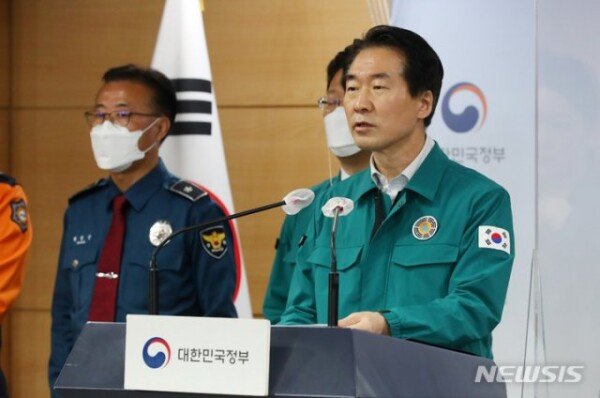[Corrispondente speciale del Global Times Miao Tao]Kenya suffered the worst drought in 40 years From February to October this year, drought killed more than 1,000 wild animals.
According to a CNN report on the 5th, the United Nations World Meteorological Organization said the drought was the longest in the region in 40 years. The drought resulted in months of below-average rainfall, dried river beds and severe damage to grasslands, while dead grass and water shortages killed many wildlife. A report published on the 4th by the Ministry of Tourism, Fauna and Heritage of Kenya (hereinafter referred to as the Ministry of Tourism) shows that in the last nine months, 14 species have been affected by drought, including 205 elephants, 512 wildebeest, 381 died a zebra, 51 water buffaloes, 12 giraffes and many other wild animals. Grewey’s zebra, which is listed as endangered on the IUCN’s Red List of Threatened Species, is also not spared: 49 of them died from drought, accounting for around 2% of their population. Furthermore, since carnivores can also devour the carcasses of these herbivores, the actual number of dead herbivores could be much higher.
The Kenya Meteorological Department predicts that rainfall will remain low in most of Kenya in the coming months, despite sporadic rains that have recently started in the region and the survival crisis facing wildlife has not yet been resolved. The Ministry of Tourism recognizes that the areas most affected by drought are Kenya’s national parks and nature reserves, which are also important tourist attractions and an important source of income for Kenya’s tourism industry.
Faced with the ongoing drought, animal experts have called for an urgent “census” of wildlife in Amboseli National Park to get a more complete picture of the drought’s impact on local wildlife. Other experts have suggested that drinking water and salt should be provided in affected areas by licking wild animals. Niam, director of the Elephant Conservation Center, believes that elephants drink 240 liters of water a day and, if the government does not intervene, more elephants will die.
Kenya’s Ministry of Tourism is currently taking steps to actively save the lives of wild animals. Tourism Minister Penina Maronza said the Ministry of Tourism is drilling new wells to provide drinking water to wildlife in the reserve, feed hay to wildlife, and strengthen wildlife surveillance outside the reserve to reduce human contact.

